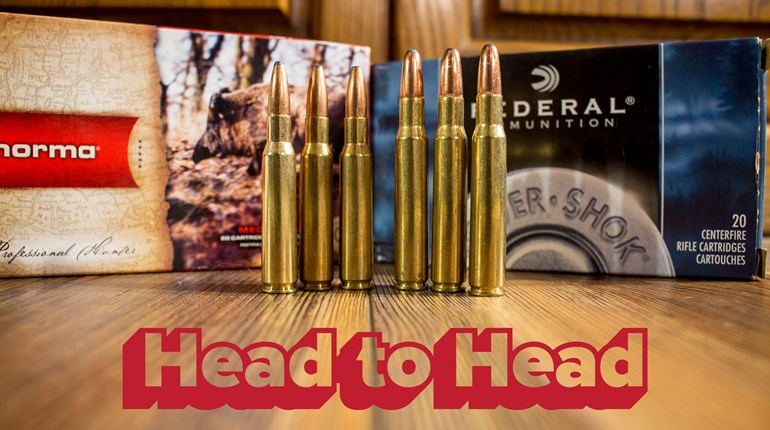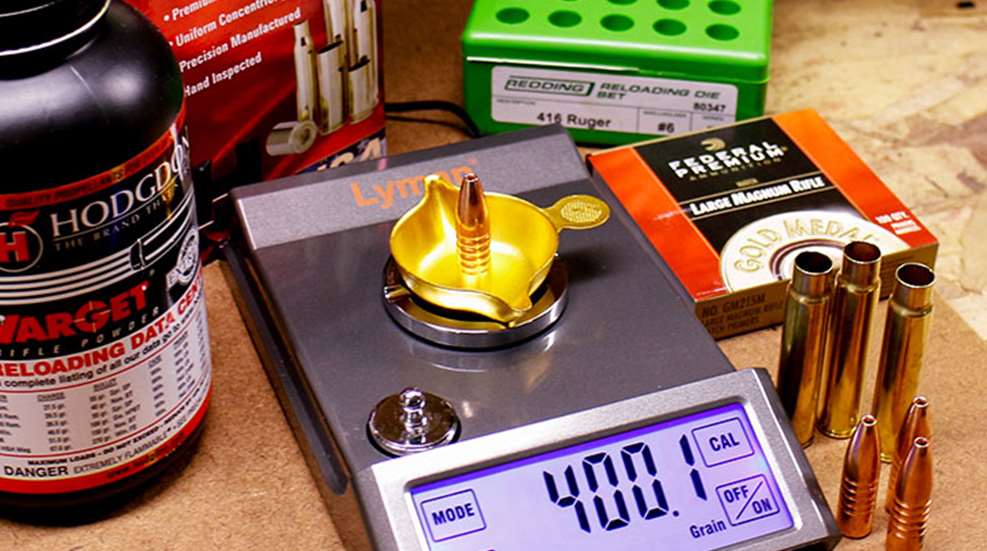
“This, too, shall pass.” We are, once again, in the midst of an ammunition shortage. Perhaps ‘drought’ is a better choice of words; though it is no fault of the ammunition manufacturers, the reality remains. Millions of new shooters, people buying ammunition at record rates, the issues involved with COVID-19 reducing output; all have been contributing factors to the empty shelves at your favorite gun shop.
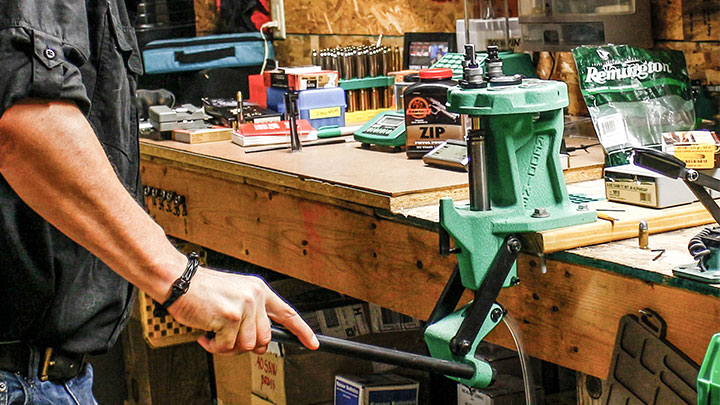
Even the reloading components are becoming nearly impossible to find, as the majority of those components produced are going toward the long-backordered factory-loaded ammunition. In spite of that issue, learning how to reload your ammunition may just be the first step to becoming a bit more independent as a shooter.
Of course you’ll need access to components, as only the brass cases or plastic shotshell hulls can be reused, but the ability to reload ammunition may help you out in several different ways. Here are five reasons why I feel it’s worthwhile to start acquiring the tools and knowledge needed to reload your ammunition.
1. Availability
This may be quite obvious, but when there is no loaded ammunition on the shelves, it is awfully nice to reach for a pound of powder, a box of projectiles and some primers to set to work making your own ammunition. While so many of us are simply trying to keep the 9mm, .45 ACP, .223 Remington and .30-06 Springfield supply on hand, many folks have handguns and rifles which are chambered for obscure cartridges. Cartridges like .300 Savage, .25 WSSM, 8mm Remington Magnum, 7mm STW and .338-06 A-Square are all sound designs, but finding factory ammunition can pose a challenge, to say the least.
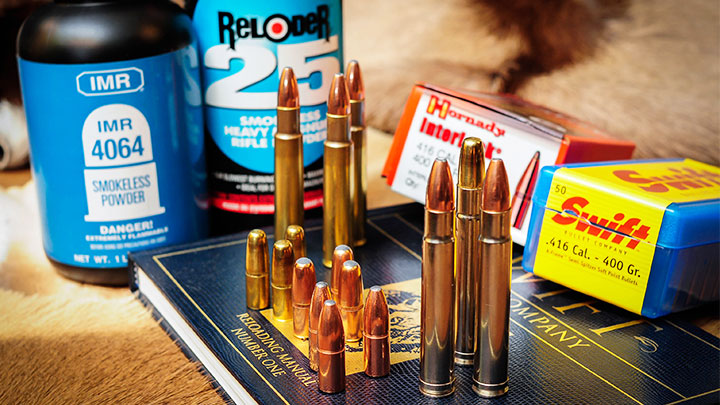
With a good set of reloading dies, some components and reliable data, you can keep those rifles alive for decades to come. So whether the cartridge is as rare as hen’s teeth—like my .318 Westley Richards and .350 Rigby Magnum—or as universal as the .308 Winchester or 7mm Remington Magnum, the ability to cobble together functioning ammunition can make the difference between going hunting or sitting home.
2. Knowledge
The process of reloading a shotshell or centerfire cartridge will, undoubtedly, impart a considerable amount of knowledge upon the loader. The way your handloaded ammunition responds to the rifle, pistol or shotgun will quickly teach you how varying the parameters of the ammunition will change what happens downrange. For those who shoot only factory ammunition, they probably don’t get a chance to examine projectiles in component form.
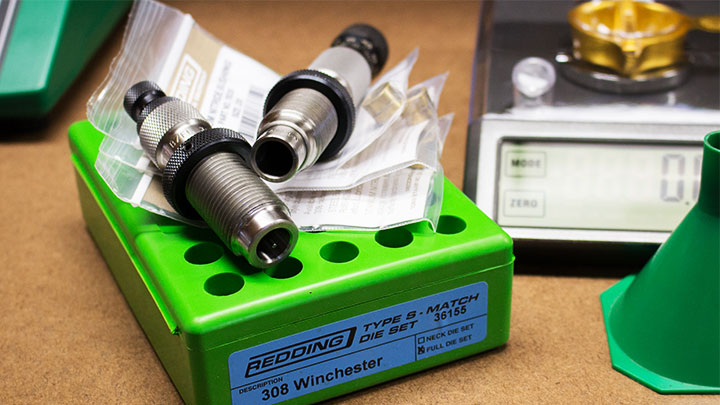
The reloader can not only see and learn about the components, but can learn about the consistency of the bullet weights, the powder types suitable for a particular cartridge, the type and shape of wad used in a particular shotshell, etc. Once you’ve loaded your own ammunition, you won’t look at factory ammunition the same again.
3. Control
When you’re married to factory ammunition, the only parameter you can control is your shooting technique. Yes, you can choose the bullet or shot type, weight and conformation, but you may only choose from the combinations offered. Should you want a particular bullet brand, type or weight which is not offered for your cartridge, reloading can quickly solve that problem. I’ve made more than a few special loads using lead-free bullets for both friends and customers who wanted to use an obscure cartridge in California, where leaded projectiles are prohibited.
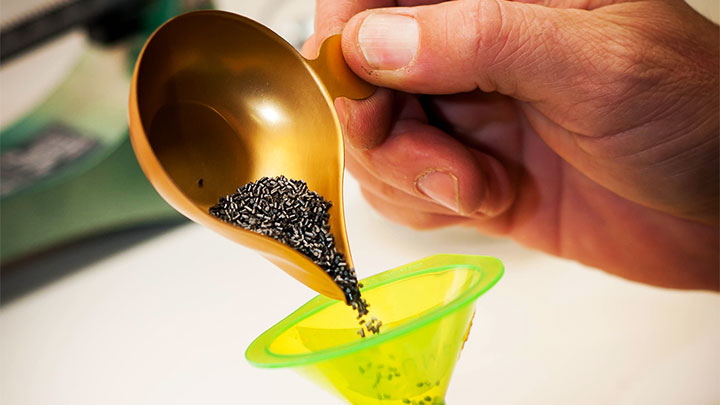
One of the beauties of reloading—or put more properly “handloading”—ammunition is that each and every parameter of the cartridge can be controlled by the builder. If you want to try and enhance accuracy by sizing only the case’s neck, that’s no problem. Should you want to use a common-place bullet, available at an attractive price, so be it. Should you want to give Ol’ Betsy a facelift by feeding her the best bullets money can buy, that is equally possible. The bottom line is that as the reloader, you call the shots, and that fact opens up a realm of possibilities.
4. Affordability
Some factory ammunition (when it’s available) is extremely affordable, and some factory ammunition is grossly expensive. If you enjoy shooting a cartridge which falls into the latter category, reloading your ammo is one of the best means to avoid breaking the bank.
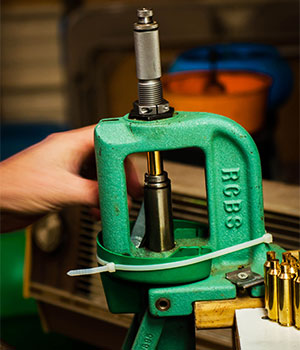
I love practicing with my .470 Nitro Express, but with factory ammunition running at $8 per cartridge, you can go broke pretty quickly. The .300 Weatherby Magnum is, invariably, more common than is the .470, but factory ammunition is still about $4 per round. Reloading spent cases cuts that cost down to at least half, and I can usually better that figure. Simply put, reloading allows you to shoot more. In good times, when the ammunition shelves are properly stocked, the argument could easily be made that the time and cost of reloading tools might not warrant the investment. But, if the ammunition crunches of 2013 and 2020 have taught us anything, it is that we absolutely need a Plan B, and that plan is reloading.
5. Performance
I may have saved the best for last, because to me—as a hunter—the most important factor involved with reloading my own ammunition is the field performance. There have been many hunts where I have used factory-loaded ammunition, and have yet to have an issue, but looking back at my ten safaris across Africa, I’ve yet to use a factory-loaded cartridge other than .22 Long Rifle. That includes species from the diminutive steenbok, springbok and impala, all the way up to the Cape buffalo and elephant. Should you want to detune your .300 Winchester Magnum to hunt bear over bait at 50 yards, handloaded ammo can easily reach that goal; and should you want to wring the most from the .30-06 Springfield for the elk hunt of a lifetime, the answer is the same.
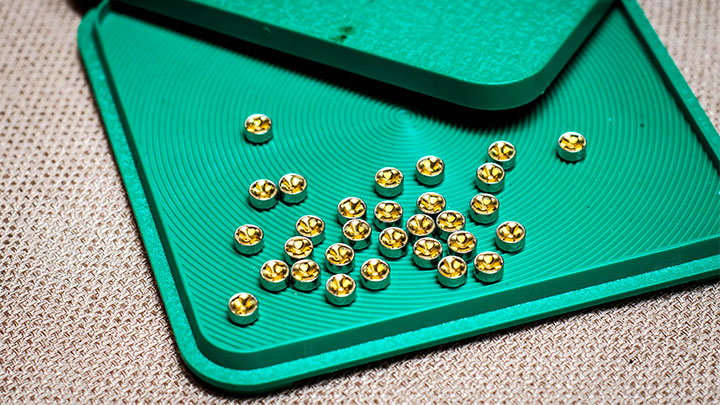
Want to train a new shooter with reduced velocity ammunition? A reloader can easily manipulate the velocity to reduce recoil. Want to take a cartridge like the 8x57 or 7x57 Mauser to modern levels in a new rifle? You can easily work up a modern, safe load at an increased velocity at the reloading bench. Handloaded ammunition will (in most instances) give the best accuracy in any given rifle, as the ammunition can be tuned to the rifle, and the endless number of combinations of bullet/cartridge/velocity will warrant the investment in reloading tools.
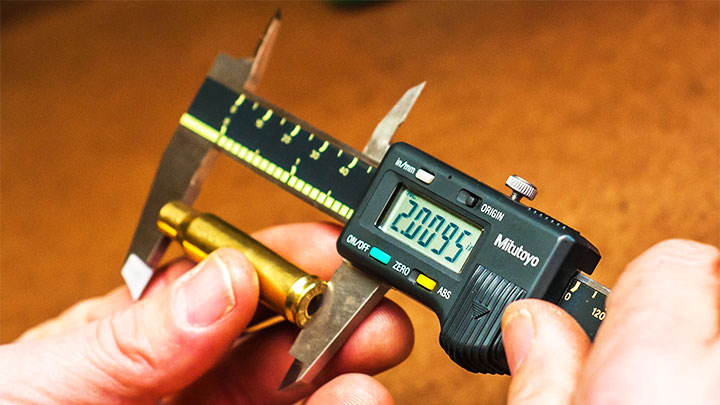
Again, I understand the dilemma of obtaining reloading components in the current environment; I am also optimistic that the supplies of both factory ammunition and reloading components will increase in the near future. But being realistic, I would highly suggest you begin the process of becoming a reloader—at least on the most basic of levels—so that should we find ourselves in this predicament again, we can breathe easy knowing that we can keep our guns properly fed.
Want to read more from Philip Massaro? Check out the following articles:
• Why Every Hunter Should Own a Rifle in a Common Caliber
• An Ode to the .375 H&H Magnum
• An Ode to the Winchester Model 1886
• An Ode to the Winchester Model 70
• 6 Ways to Fine-Tune Your Hunting Rifle
• Review: Heym Model 26B Double Rifle .45-70
• 5 Reasons the .300 Win. Mag. Rules the Roost
• Bolt-Action Rifles: Push-Feed vs. Controlled-Round-Feed
• Scope Magnification: How Much is Too Much?
• A Hunter's Guide to Staying Sane During the Coronavirus Outbreak
• Is Walnut Dead? Synthetic vs. Wood Stocks
• Rifles for the Traveling Hunter
• Top 5 Lever-Action Rifle Cartridges
• African Game Meat: What Happens After the Shot?
• Top 5 Underrated Deer Cartridges
• Top 5 Double Rifle Cartridges
• Deer Hunting: Were the Good Old Days Really That Good?
• Essential Gear for the Traveling Hunter
• 4 Reasons to Hate the 6.5 Creedmoor
• 4 Ways to Fine-Tune Your Rifle During the Off Season
• Review: Savage Model 110 AccuFit System
• Top 8 Bullets for African Plains Game
• Review: Tikka T3X Lite
• Top Bear Rifles and Loads
• 3 Rifle Cartridges to Hunt the World
• Why My Cartridge is Better Than Yours
• Top 5 Handgun Hunting Cartridges
• An Ode to the Ruger Model 77
• Top 5 Hunting Cartridges of the 21st Century
• Top 5 Deer Bullets for 2018
• An Ode to the .30-30 Winchester
• 5 Reasons to Book a Spring Bear Hunt
• An Ode to the Ruger Mini Thirty
• Boattail vs. Flat-Base Bullets
• How to Build a Custom Rifle
• Choosing a Cartridge for North America's Big Game
• Top 5 American-Made Hunting Rifles
• How to Choose a Buffalo Rifle
• An Ode to the .223 Remington
• Top 5 Coyote Cartridges
• The Ultimate Long-Range Hunting Cartridge
• The Greatest Whitetail Cartridge Ever Designed
• An Ode to the Browning BAR
• Top 5 Bear Bullets
• Do You Really Need a Magnum Cartridge?
• Why the Ruger No. 1 is Not No. 2
• Top 10 Mythical Game Species
• Top 5 Monometal Soft-Point Bullets
• Top 5 Subsonic .22 Long Rifle Loads
• The Most American Rifle Cartridge
• Tips for the Traveling Hunter
• How to Choose a Gun Safe
• Best Gun Cases for the Traveling Hunter
• An Ode to the .30-06 Springfield
• Top 5 Boutique Bullet Companies
• Top 5 .22 Long Rifle Loads
• 5 Reasons Round-Nose Bullets Are Still Cool
• Top 5 Dangerous Game Loads
• Top 5 Turkey Loads
• 5 Rifle Cartridges That Need to Make a Comeback
• Top 5 Safari Calibers
• 5 New Year's Resolutions for Hunters
• What Your Favorite Rifle Cartridge Says About You
• America's Most Wanted Cartridges
• America's Strangest Game Laws
• What Your Favorite Rifle Cartridge Says About You, Part II
• Top 5 Overrated Rifle Cartridges
• Top 5 Underrated Rifle Cartridges
• 5 Reasons to Handload Your Ammunition
• 5 Cartridges You Might Not Know About
• Top 5 Wildcat Cartridges
• An Ode to the Ruger Mini-14
• Top 5 Hog Loads
• Why .30-30 Winchester Will Never Die












